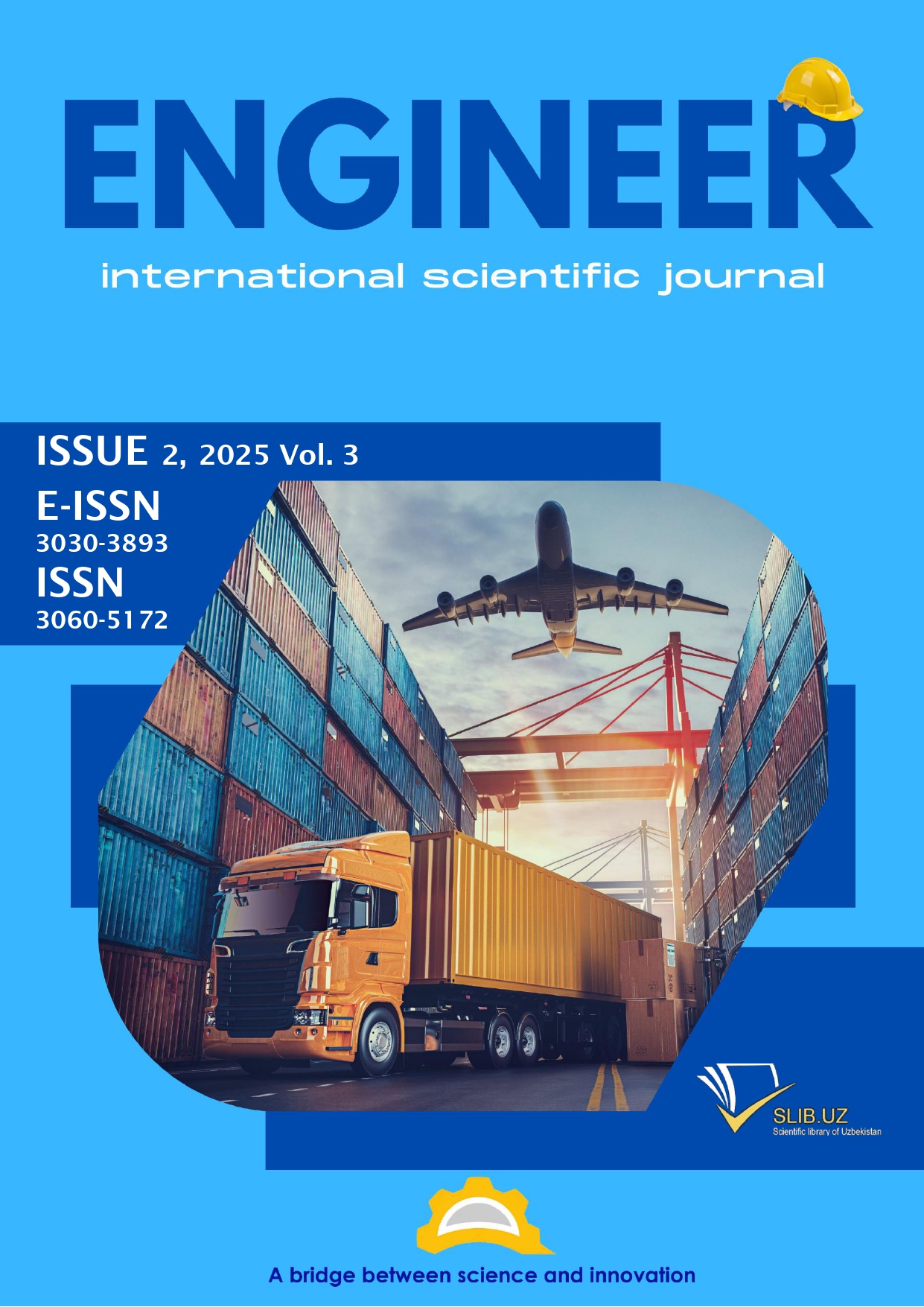Maximizing efficiency in solar-powered UAVs: the role of MPPT algorithms in energy harvesting
Аннотация
The increasing demand for long-endurance Unmanned Aerial Vehicles (UAVs) has led to the exploration of solar-powered UAV systems. Solar energy offers a sustainable power source that can potentially extend the operational time of UAVs, especially during long-duration flights. However, to optimize the power generated from solar panels, it is crucial to operate the panels at their Maximum Power Point (MPP), which fluctuates in response to environmental conditions such as irradiance and temperature. Maximum Power Point Tracking (MPPT) technology is used to dynamically adjust the operating point of solar panels to ensure they operate at the MPP, maximizing energy harvest. This paper explores the importance of MPPT in solar-powered UAVs, delves into the principles of solar cell operation, reviews various MPPT algorithms (such as Hill Climbing and Incremental Conductance), and discusses their integration into UAV systems. Additionally, the paper highlights the design considerations and challenges involved in implementing MPPT for UAVs, including hardware efficiency, real-time tracking, and battery management. By optimizing solar energy harvesting and efficient power delivery, MPPT systems enhance the performance of solar-powered UAVs, making them suitable for a range of applications such as surveillance, environmental monitoring, and disaster response.
Литература
[2] J Meyer, WA Clarke, F Plessis. Design Considerations for Long Endurance Unmanned Aerial Vehicles. Chapter 22, pp. 442-496. 2009.
[3] Narimanov, J. (2024). Analysis of solar cells can be used in the design of solar-powered UAV. Вестник транспорта-Transport xabarnomasi, 1(3), 30-34.
[4] Reddy BSK, Aneesh P, Bhanu K, Natarajan M. Design Analysis of Solar-Powered Unmanned Aerial Vehicle. Journal of Aerospace Technology and Management, pp. 397-403. VIT University, India. 2016.
[5] J. Narimanov and N. Abdujabarov, “Optimization Strategies for Energy Management Systems of Solar-Powered Unmanned Aerial Vehicles”, acopen, vol. 10, no. 1, p. 10.21070/acopen.10.2025.10638, Feb. 2025.
[6] Andrew Liu. Energy-Optimal Flight of a Solar-Assisted Unmanned Aerial Vehicle. Master thesis, pp. 6-27, 2015.
[7] Betancourth NJP, Villamarin JEP, Rios JJV, Bravo-Mosquera PD, Cerón-Muñoz HD. Design and Manufacture of a Solar-Powered Unmanned Aerial Vehicle for Civilian Surveillance Missions. Journal of Aerospace Technology and Management, pp. 385-386. 2016.
[8] J. Narimanov, “Simulation Analysis of Airfoil for Solar-Powered UAV Applications”, acopen, vol. 10, no. 1, p. 10.21070/acopen.10.2025.10782, Mar. 2025.
[9] P Oettershagen, A Melzer, T Mantel, K Rudin, R Lotz, D Siebenmann, S Leutenegger, K Alexis, R Siegwart. A Solar-Powered Hand-Launchable UAV for Low-Altitude Multi-Day Continuous Flight, pp. 1-5. ETH Zurich. 2015.
[10] M. I. Bahari, P. Tarassodi, Y. M. Naeini, A. K. Khalilabad and P. Shirazi, "Modeling and simulation of hill climbing MPPT algorithm for photovoltaic application," 2016 International Symposium on Power Electronics, Electrical Drives, Automation and Motion (SPEEDAM), Capri, Italy, 2016, pp. 1041-1044.





